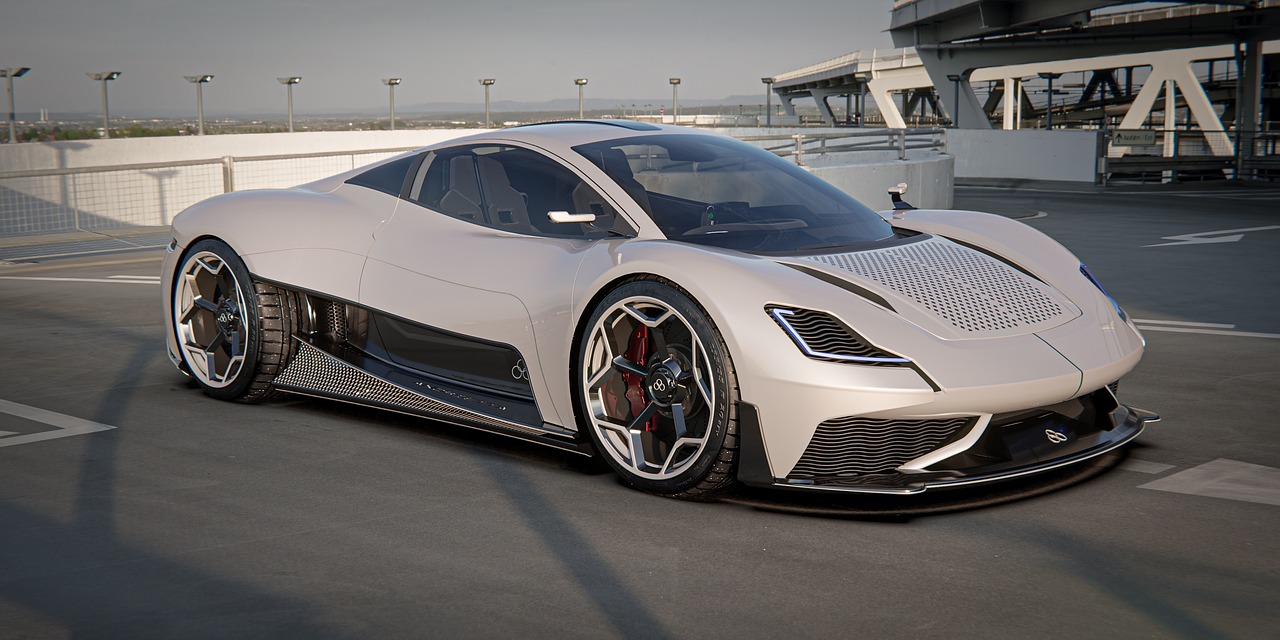The Influence of Cultural Shifts on Car Ownership Patterns: From Ownership to Access
In recent years, there has been a noticeable shift in cultural attitudes towards car ownership. One key factor driving this change is the rise of ride-sharing services such as Uber and Lyft. These services offer a convenient and cost-effective alternative to traditional car ownership, especially for urban dwellers who may not need a car on a daily basis.
Another important factor contributing to the shift in car ownership patterns is the growing awareness of environmental issues. As concerns about climate change and sustainability continue to mount, more people are opting for greener modes of transportation, such as biking, walking, and using public transit. This shift towards eco-friendly transportation options has led some individuals to forgo car ownership altogether, in favor of more environmentally-conscious alternatives.
Historical Perspective on Car Ownership Trends
Over the past century, car ownership trends have undergone significant transformations. In the early 1900s, cars were considered a luxury item reserved for the wealthy elite. However, with advancements in production techniques and the introduction of affordable models such as the Ford Model T, car ownership became more accessible to the middle class.
Throughout the mid-20th century, car ownership boomed as it became a symbol of freedom and mobility. Suburbanization further fueled the rise of car ownership, with families seeking larger homes in outlying areas where owning a car was a necessity. The 1950s and 1960s marked a golden era for car ownership, with the automobile industry becoming a central pillar of the economy and society.
What are some key factors that have driven cultural shifts in car ownership patterns?
Some key factors include changes in urban planning, the rise of ride-sharing services, advancements in public transportation, and the increasing focus on sustainability and environmental concerns.
How have car ownership trends evolved over time?
Car ownership trends have evolved from a symbol of status and freedom in the early 20th century to a more practical and sometimes burdensome necessity in the modern day.
How has urbanization impacted car ownership trends?
Urbanization has led to a decrease in car ownership in some cities as residents rely more on public transportation, walking, and biking to get around.
What role do ride-sharing services play in changing car ownership patterns?
Ride-sharing services have made it more convenient and cost-effective for some people to forego car ownership, especially in urban areas where parking and traffic can be major challenges.
How have advancements in public transportation affected car ownership trends?
Improved public transportation options have given people more alternatives to owning a car, especially in densely populated areas where parking and congestion are major concerns.







